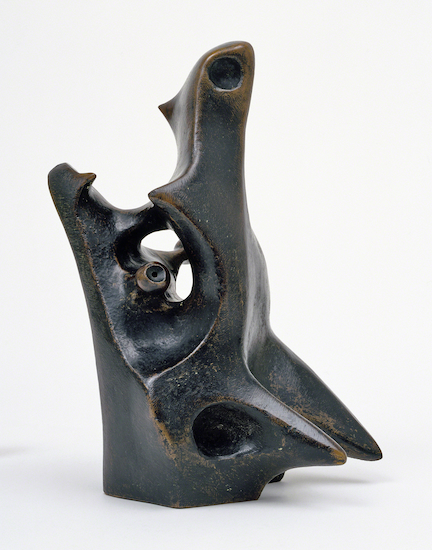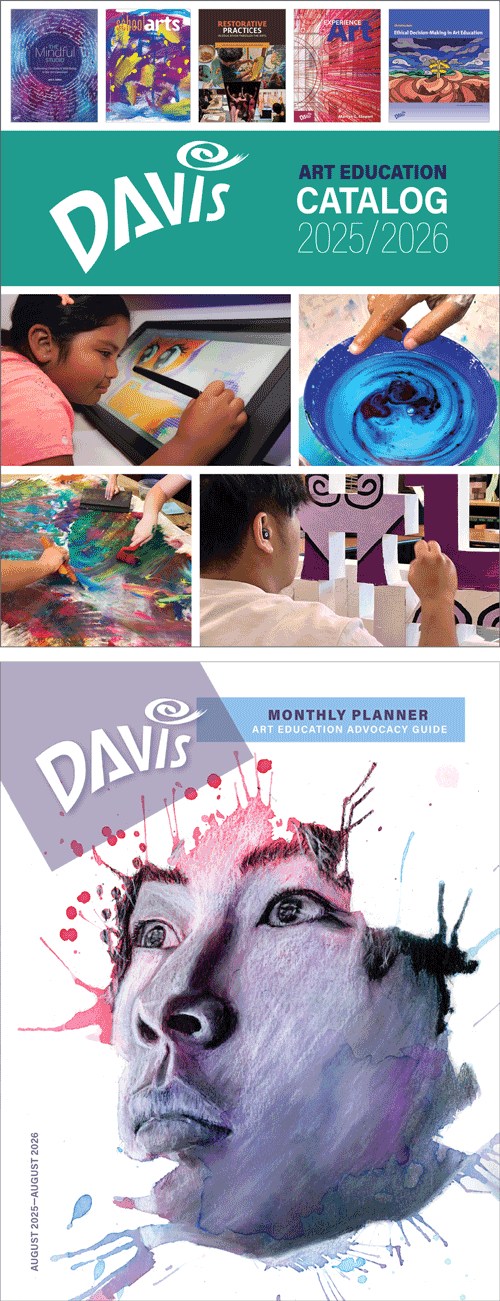Artist Birthday: Roberto González Goyri
Sculptor Roberto González Goyri is one of the artists who exemplifies the electric spirit of development of modernism in Central and South American countries during the middle of the 1900s.
Artist Birthday for 20 November: Roberto González Goyri (1924-2007 Guatemala)
 |
| Roberto González Goyri, Wolf’s Head, 1950, bronze, 2 x 20.3 x 15 cm The Museum of Modern Art, New York, © 2025 Artist or Estate of Artist (MOMA-S0630) |
There is a Cubist element to Goyri's deconstruction and abstraction of the howling Wolf's Head. He has expertly balanced positive and negative space within a descriptive form that is typical of Goyri's lifelong flirtation with total abstraction. Goyri employed the wolf's head motif in many of his works. Particularly, the wolf head appears in the form of mask on indigenous Guatemala Mayan natives in the scene of battle against Spanish conquest in the Relief of Guatemalan Nationality on the Civic Center in Guatemala City.
Background
There is no one obvious period or movement that indicates the beginnings of contemporary art in Guatemala. What is extraordinary is that through the many periods of political discontent during the 1900s, including the 20-year civil war that started in the 1960s, there is been a constant current of avant-garde art present in Guatemala, almost all of it containing references to the rich historical culture of the country.
Like many other countries in Central America, many artists from Guatemala traveled to Europe starting after World War I (1914-1918) where they absorbed the early modernist movements. The unique combination of an ancient Mayan history with influences from Mexico, Europe, and the US have shaped a unique contemporary art scene in Guatemala. If there is one Guatemalan artist who brilliantly represented this unique Guatemalan artistic development, it was Roberto González Goyri.
Roberto González Goyri was born in Guatemala City. At age 14 he studied at the Academy of Fine Arts in Guatemala City. He also worked as a draftsman at the National Museum of Archeology where he acquired a keen appreciation of indigenous Guatemalan Mayan culture and art. He was member of the group Generación del 40, a group whose works were associated with a period of democracy after the Revolution of 1944. He studied art in New York 1948 to 1952 where he was exposed to all forms of European modernism, including Cubism and Surrealism. He began to receive international recognition in the mid 1950s, when the Museum of Modern Art in New York purchased his Wolf’s Head.
He returned to Guatemala in 1952 and became the director of the National Arts School in Guatemala City. As a sculptor he was influenced by indigenous Guatemalan art, as well as the Cubist strains from European art. He worked in terra cotta, concrete, and metals, combining expressive content with Cubist reduction of form. As a painter, he worked in a post-Cubist style, inspired by the strong colors in Guatemalan decorative arts.

Comments